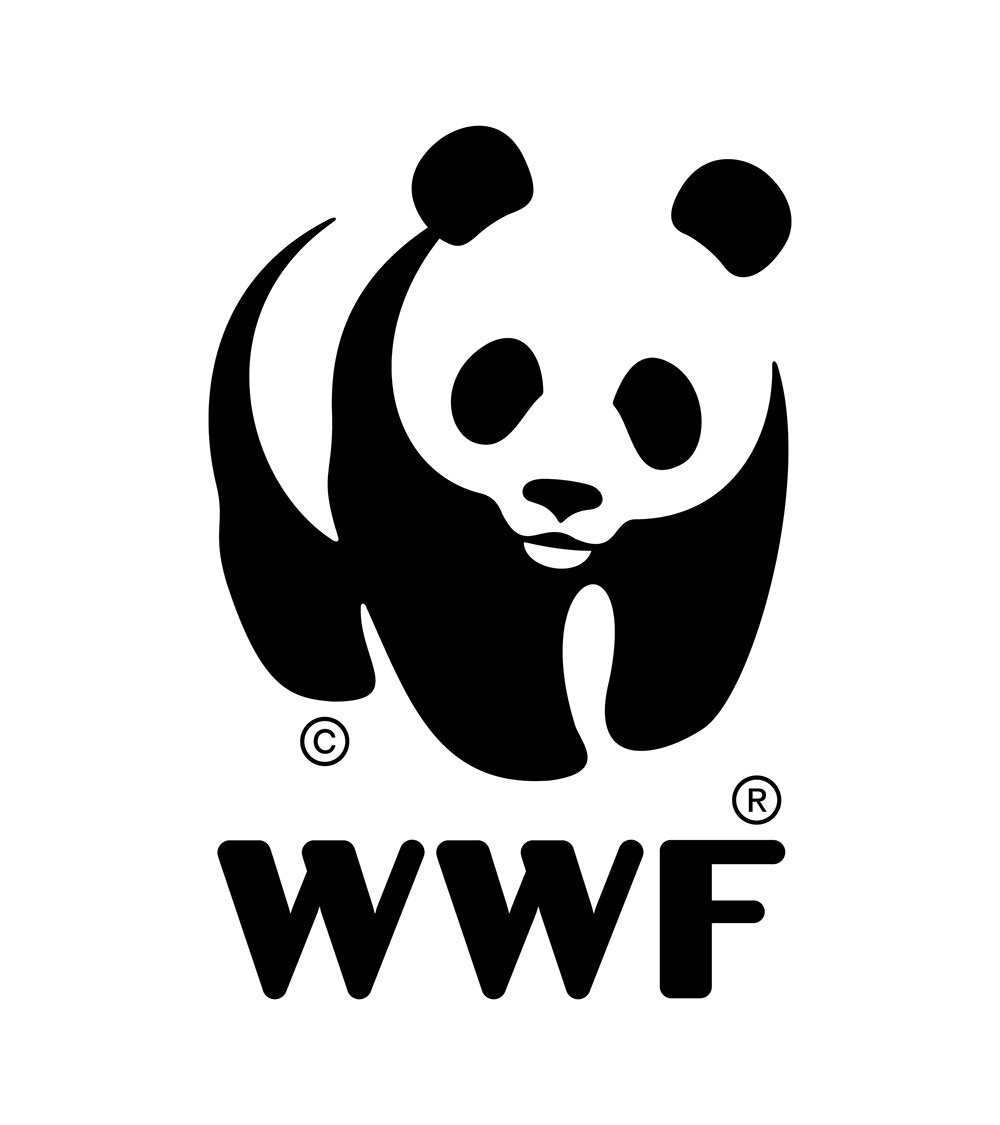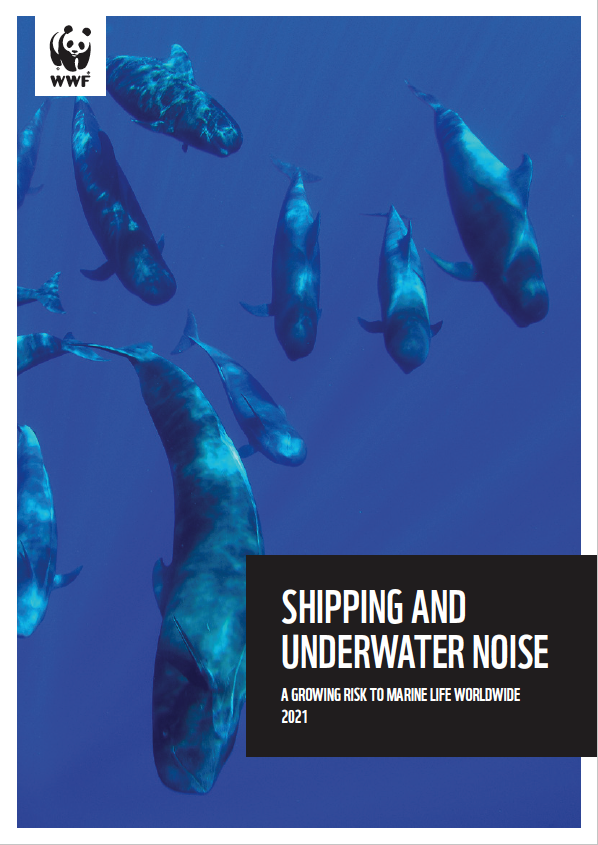Shipping and Underwater Noise
A growing risk to marine life worldwide
In the darkness of the underwater world, marine animals have evolved to use sound to sense the environment. For many species, sound is an essential part of daily life – the primary means by which they navigate, find food and mates, communicate with one another and avoid danger – and is crucial to their survival. But underwater noise from shipping and other industries is interfering with many species’ ability to carry out these activities.
The world’s oceans have always been full of natural sound: waves breaking, ice cracking, fish feeding and whales singing. But as the world has industrialized, these sounds have been joined by underwater noise from anthropogenic sources – unwanted sound introduced by human activities. It is produced by a variety of industrial and commercial activities, including shipping, construction, mineral exploration and extraction, seismic surveys and military events. Noise produced by shipping is the leading contributor to ocean noise pollution worldwide.Globally, there is growing evidence that anthropogenic noise is negatively impacting marine life.
Today, more than 90 per cent of goods traded globally are transported by ship. Some of the busiest ports and channels in the oceans overlap with important marine life habitats. In this WWF report : Shipping and Underwater Noise, we present 10 case studies of hotspots around the globe.
#UnderwaterNoise #Shipping #WWFReport


